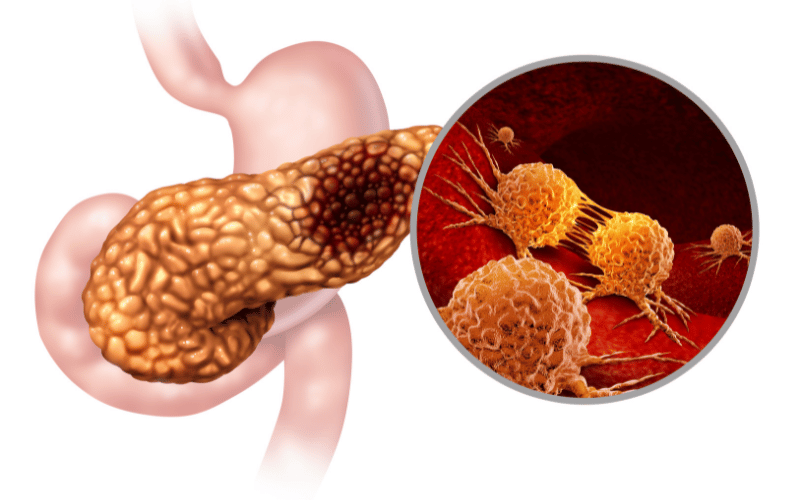Introduction: Navigating the Gastric Dangers

Stomach cancer, known in the medical world as gastric cancer, remains one of the more elusive and under-discussed cancers. However, its consequences are profoundly grave, with numerous individuals affected annually. The stomach, a primary organ in our digestive system, is responsible for breaking down and digesting food. When cancer invades this organ, it not only disrupts the digestive process but poses a significant risk to life.
To understand stomach cancer better, it’s essential to recognize its risk factors. Knowing these can aid in early detection, management, and potentially even prevention. With advanced research and numerous studies conducted over the years, medical professionals and researchers have identified several causes and risk factors.
The risk factors range from lifestyle choices to genetic predispositions. While some are modifiable, meaning we can change them through informed decisions, others are non-modifiable, which are inherent and cannot be changed. In this article, we delve deep into these risk factors, shedding light on each one’s significance, backed by data, research, and expert opinions.
Risk Factor 1: Age and Its Role in Gastric Cancer

Age is a testament to life’s experiences and lessons learned. However, as we add more candles to our birthday cake, our body undergoes numerous changes. One of these changes includes an increased vulnerability to certain health conditions. Reports highlight that once an individual crosses the 55-year threshold, they become more susceptible to gastric cancer.
Why does age matter so much in this context? Over decades, our body might have been exposed to various environmental and dietary factors that could increase cancer risk. Moreover, as we age, the body’s cellular repair mechanisms might not function as efficiently as they once did.
This weakening of the body’s defense system, combined with the cumulative exposure to risk factors, creates a potential ground for stomach cancer to develop. Regular health check-ups and monitoring become increasingly vital as age progresses to ensure early detection and intervention. (1)